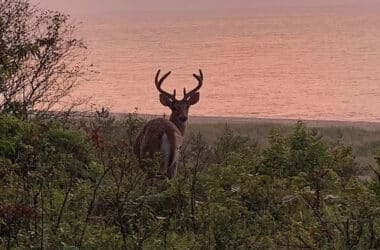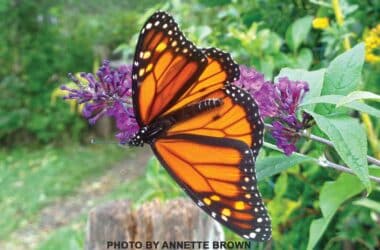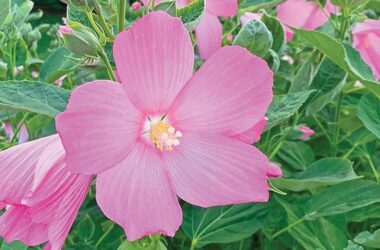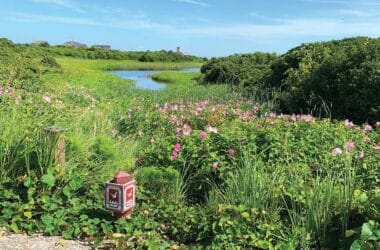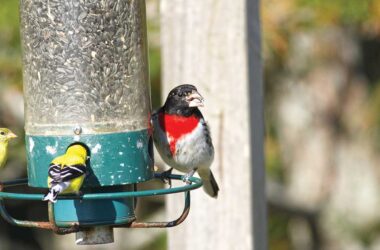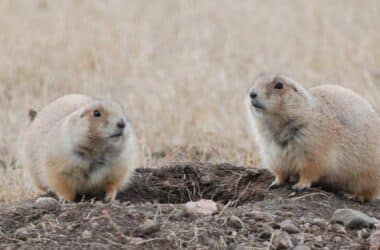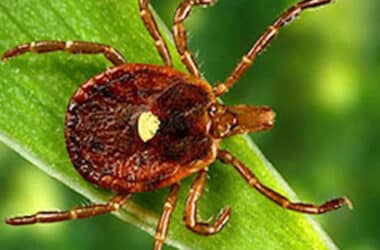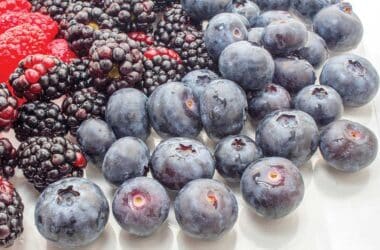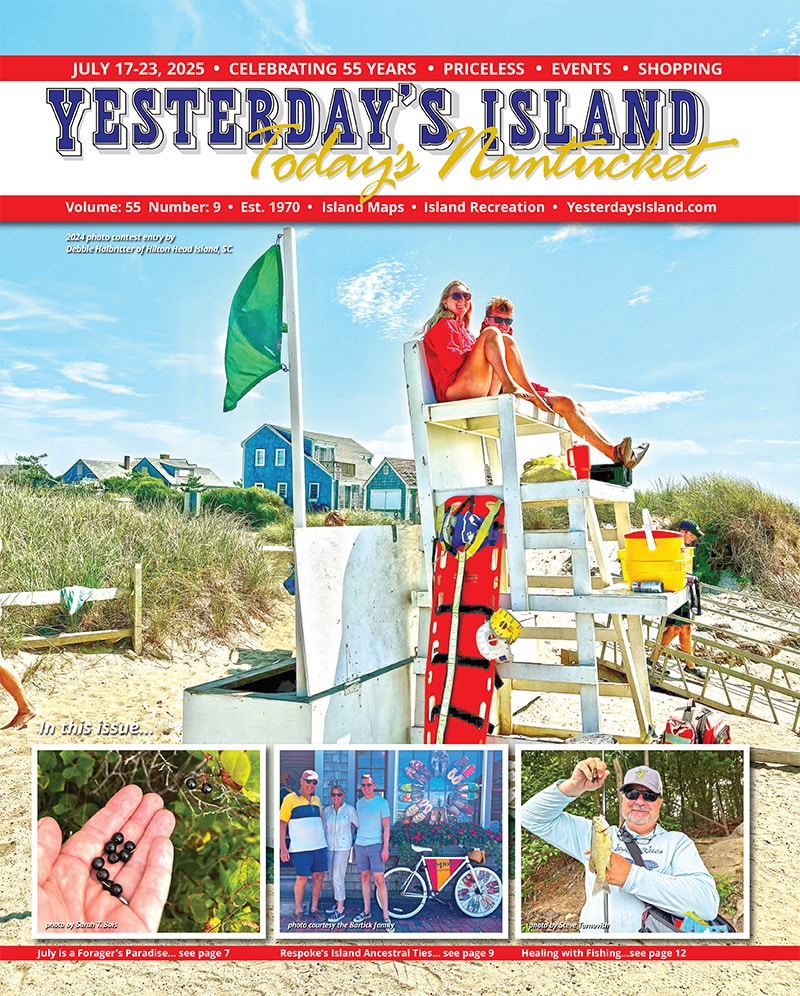There is a crispness in the air now as fall begins to settle in. Among the changing leaves and cooler temperatures, another change is happening. For our whitetailed deer population, fall is the most romantic time of the year: the rut.
The rut is the magical season when deer are breeding and more active than any other time of the year. Bucks have shed the velvet from their newly grown antlers and get aggressive with each other fighting for territory and female attention. The females go into estrus and everyone is “twitterpated.”

